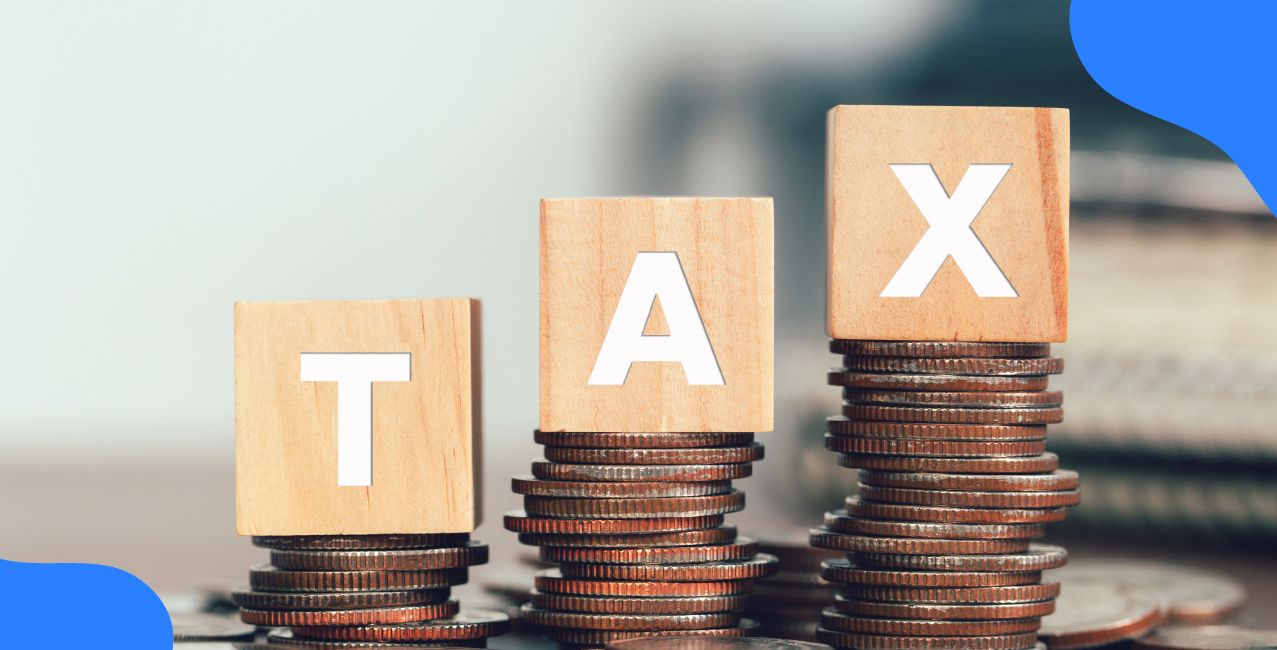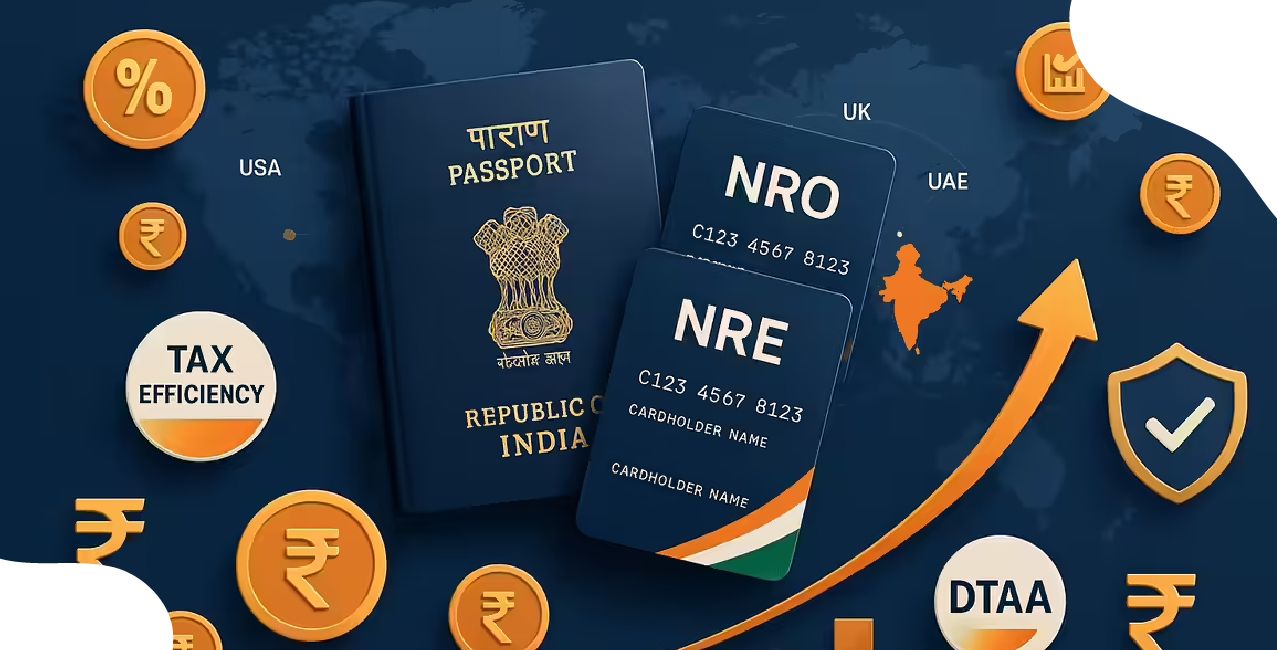
Author
LoansJagat Team
Read Time
8 Minute
25 Mar 2025
Home Loan Interest Rates Drop to a 5-Year Low: Is 2025 the Best Time to Buy?
‘Apna Ghar Toh Apna Hota Hai.’
In this era of economic uncertainty, comparing home loan interest rates with one's budget is a more significant concern than matching the vibes. My friend Riya, a 28-year-old software engineer, has been renting a 2BHK in Bangalore’s Whitefield area for three years.
She pays ₹25,000/month to renew her lease. Isn’t that crazy? Think about it: this rent could fund an EMI for her home loan.
But she’s still caught in the what-if, wondering, “What if we buy now and prices drop next year?” I know millions of us share the same dilemma. But, with home loan interest rates at a five-year low in 2024, making a decision might be easier than ever.
The real question is not whether to buy but when. Could 2025 be the golden year for first-time buyers and investors like yourselves? Let’s explore the opportunity.
Why Do Home Loan Rates Matter?
Before understanding why home loan rates matter, let's know why they fluctuate.
Imagine the Reserve Bank of India (RBI) as a wholesale market for money. Banks borrow money from this market at an interest rate called the repo rate. Banks get funds at a lower cost when the RBI lowers this rate—say, from 6.5% to 6.0%. In turn, they pass on these savings to customers like you by reducing loan interest rates.
However, if the RBI increases the repo rate from 6.0% to 6.5%, banks face higher borrowing costs and compensate by raising loan interest rates.
For example, Amit is a 30-year-old IT professional planning to buy a ₹50 lakh apartment. He applies for a home loan at XYZ Bank. Let’s compare how his financial journey changes for different repo rates.
Factor | Repo Rate (6.0%) | Repo Rate (6.5%) |
Loan Amount | ₹50,00,000 | ₹50,00,000 |
Home Loan Interest Rate | 8.0% | 8.5% |
Loan Tenure | 20 years | 20 years |
Monthly EMI | ₹41,822 | ₹43,391 |
Monthly Savings/Increase | ₹1,569 saved | ₹1,569 extra |
Total Interest Paid | ₹50.37 lakh | ₹54.13 lakh |
Total Savings/Extra Cost Over 20 Years | ₹3.76 lakh saved | ₹3.76 lakh extra |
But why does this matter? Let’s break it down with an analogy:
Home Loan Rate = Base Rate + Bank’s Margin + Risk Premium
- The base rate is nothing but RBI’s repo rate.
- A bank’s margin is its profit. It is the difference between the interest rates you pay and the repo rate.
For example, if the base rate is 6.0%, the bank might add 1.5% as margin, bringing the rate to 7.5%.
- Risk Premium is where your financial discipline (credit score) is checked. If your credit score is low (say, 650), the bank sees you as a risky borrower and adds a risk premium to protect itself.
For example, Ananya and Vikram are two friends looking to buy homes in Mumbai. Both are applying for a ₹60 lakh home loan over 20 years. While Ananya goes for Bank A, Vikram opts for Bank B. Here’s how their rates break down:
Component | Ananya (Bank A) | Vikram (Bank B) | Explanation |
Base Rate | 6.5% | 6.5% | Both banks use the same RBI repo rate (6.0%) as the base. |
Bank’s Margin | 0.7% | 1.0% | (Bank A) has a lower margin (profit) compared to (Bank B). |
Risk Premium | 0.3% | 0.8% | Ananya’s credit score is 780, so she pays a lower risk premium than Vikram (720). |
Final Interest Rate | 7.5% | 8.3% | Base + Margin + Risk Premium. |
Pros & Cons of Buying Property in 2025
Pros
1. Lower EMIs
When home loan interest rates drop, your EMIs decrease. It becomes easier to manage your monthly budget. This means you can either opt for a larger loan amount or enjoy the savings.
For example, Rumi, a bakery owner, takes a ₹40 lakh home loan over 20 years. In 2023, when interest rates were at 8.2%, her EMI would have been ₹33,778.
But in 2024, with rates dropping to 7.0%, her EMI was reduced to ₹30,878. Let’s see how much she saved with the help of a table:
Factor | 2023 (Interest Rate 8.2%) | 2024 (Interest Rate 7.0%) | Difference |
Loan Amount | ₹40,00,000 | ₹40,00,000 | — |
Loan Tenure | 20 years | 20 years | — |
Home Loan Interest Rate | 8.2% | 7.0% | 1.2% lower |
Monthly EMI | ₹33,778 | ₹30,878 | ₹2,900 less |
Total Interest Paid | ₹40.06 lakh | ₹34.10 lakh | ₹5.96 lakh saved |
Total Savings Over 20 Years | — | — | ₹6.96 lakh |
2. Higher Eligibility
Banks are now offering higher loan-to-value (LTV) ratios. This means they’re willing to finance a more significant portion of your property’s value. Isn’t that great? This reduces the amount you need to pay upfront as a down payment.
For example, Suresh, a professor at a local university, buys a ₹60 lakh home. In 2023, banks would finance only 80% of the property value, requiring him to pay ₹12 lakh upfront.
But in 2024, many banks offer loans up to 85%, so his down payment drops to ₹9 lakh. That’s ₹3 lakh saved right away!
Factor | 2023 (80% Loan) | 2024 (85% Loan) | Difference |
Home Price | ₹60,00,000 | ₹60,00,000 | — |
Loan-to-Value (LTV) Ratio | 80% | 85% | +5% |
Loan Amount | ₹48,00,000 | ₹51,00,000 | +₹3,00,000 |
Down Payment | ₹12,00,000 | ₹9,00,000 | ₹3,00,000 saved |
3. Tax Benefits
You might not know, but home loans come with significant tax benefits under Sections 24 and 80C of the Income Tax Act. These deductions can help you save lakhs of rupees every year. Tax bachao, ghar khareedo!
For example, Ravi is a chartered accountant in Mumbai. In 2024, he took a ₹50 lakh home loan. By claiming deductions under Section 24, Section 80C, he saved ₹3.5 lakh in taxes for the year.
Factor | Amount (₹) |
Home Loan Amount | 50,00,000 |
Loan Tenure | 20 years |
Annual Interest Paid | 3,50,000 |
Annual Principal Repaid | 2,50,000 |
Monthly EMI (@8.0% Interest) | 41,822 |
Maximum Deduction Under Section 24 (Interest) | 2,00,000 |
Maximum Deduction Under Section 80C (Principal) | 1,50,000 |
Total Tax Deduction Claimed | 3,50,000 |
Cons
1. Rising Property Prices
While lower EMIs are tempting, property prices in Tier 1 cities are expected to rise by 8–10% in 2025. In such situations, you can delay your purchase. This could help you save a significant amount for the same property. Fikr not, but plan wisely!
For example, Tisha, a neuroscientist, is looking at a ₹1 crore apartment in 2025. If prices rise by 10% by the end of 2025, the same apartment could cost ₹1.1 crore—that’s ₹10 lakh extra!
Factor | Price in Early 2025 (₹) | Price at End of 2025 (₹) (10% Increase) | Difference (₹) |
Apartment Price | 1,00,00,000 | 1,10,00,000 | +10,00,000 |
Loan-to-Value (LTV) Ratio (Assuming 80% Loan) | 80,00,000 | 88,00,000 | +8,00,000 |
Down Payment (20%) | 20,00,000 | 22,00,000 | +2,00,000 |
Registration & Stamp Duty (7%) | 7,00,000 | 7,70,000 | +70,000 |
Processing Fees (0.5%) | 50,000 | 55,000 | +5,000 |
Total Cost of Buying | 1,07,50,000 | 1,18,25,000 | +10,75,000 |
2. Stricter Loan Norms
Banks need to be sure you can repay your loan. They have made lending rules stricter to reduce risk, making it harder for some people to qualify. These rules became even more challenging after events like COVID-19.
For example, Neha, a freelance graphic designer, wanted to buy a ₹60 lakh home in 2024. However, banks asked for 2+ years of stable employment and a higher down payment. Let’s see if Neha meets the given criteria.
Factor | Bank Requirement | Neha’s Situation | Impact/Solution |
Home Price (₹) | — | 60,00,000 | — |
Stable Employment | 2+ years of stable income | Freelancer with irregular income | Did not meet the requirement |
Down Payment (%) | 15% (₹9,00,000) | 25% (₹15,00,000) due to risk | Needed extra ₹6,00,000 upfront |
Loan Approval | Easier for salaried individuals | Harder for freelancers | Application initially rejected |
Solution | — | Improved credit score & took a full-time job | Qualified for a better deal |
Practical Tips for Smart Buyers
1. Boost Your Credit Score
Remember how you got that candy when you scored well on your 10th boards? Similarly, you get rewards (low interest) for a high credit score. It isn’t just a number; it represents your financial discipline and attracts banks with valuable offers.
For example, Riya improved her credit score by paying her credit card bills early. She kept utilisation at 30%, avoided multiple loan enquiries, and diversified with a car loan. A higher score lowered her EMI by ₹5,626/month, saving significantly on total interest.
Here’s how she improved her credit score:
Factor | Before Improvement | After Improvement |
Credit Card Utilization | 70% | 30% |
Loan Inquiries (Last 6 Months) | Multiple | None |
Credit Mix | No diversified loans | Added a car loan |
Credit Score | 650 | 750 |
Here’s how she saved money with a good credit score:
Credit Score | Interest Rate | Monthly EMI (₹) | Total Interest Paid (₹) |
650 | 8.5% | 43,391 | 54.13 lakh |
750 | 7.0% | 38,765 | 43.03 lakh |
Savings | — | 5,626/month | 11.1 lakh |
2. Fixed vs. Floating Rates
Fixed rates (7.5–8.0% for 3–5 years) are suitable for those who expect RBI hikes. It ensures your EMI remains stable despite inflation. If you are on a tight budget and prefer predictability, fixed rates would suit you better.
On the other hand, floating rates (7.0–7.5%) are beneficial if you plan to prepay. Most banks don’t charge prepayment penalties. They also offer potential savings if the RBI lowers repo rates, reducing your EMI.
Choosing between the two would highly impact your financial growth. So, it is advised to analyse your budget and expenditures before choosing any of the options.
For example, Rohan took a ₹60 lakh loan in 2021 at a fixed 7.3% rate. He paid ₹41,500 EMI. In 2024, he switched to a 7.0% floating rate, reducing his EMI to ₹39,700. It saved ₹1,800/month, enough for Netflix and Biryani!
Factor | Fixed Rate (2021, 7.3%) | Floating Rate (2024, 7.0%) | Savings |
Loan Amount (₹) | 60,00,000 | 60,00,000 | — |
Interest Rate (%) | 7.3% | 7.0% | — |
Loan Tenure (Years) | 20 | 20 | — |
EMI (₹/Month) | 41,500 | 39,700 | 1,800 more |
Annual EMI Payment (₹) | 4,98,000 | 4,76,400 | 21,600 more |
Total Interest Paid (₹) | Higher | Lower | Significant over tenure |
Flexibility | Locked-in rate | Adjusts with market | Floating offers savings |
Prepayment Charges | May apply | Usually none | Easier on floating rate |
Conclusion
With RBI’s latest policies, buying a dream house has become a dream turning into reality for many. And don’t you deserve the same?
Owning a home is no longer just a distant goal. With lower interest rates and flexible loan options, now is the perfect time to enter your dream home. But, before taking a big leap, consider a few factors, such as your budget, different bank options, and eligibility.
So, what are you waiting for? Explore your possibilities today!
About the Author

LoansJagat Team
‘Simplify Finance for Everyone.’ This is the common goal of our team, as we try to explain any topic with relatable examples. From personal to business finance, managing EMIs to becoming debt-free, we do extensive research on each and every parameter, so you don’t have to. Scroll up and have a look at what 15+ years of experience in the BFSI sector looks like.

Quick Apply Loan
Subscribe Now


